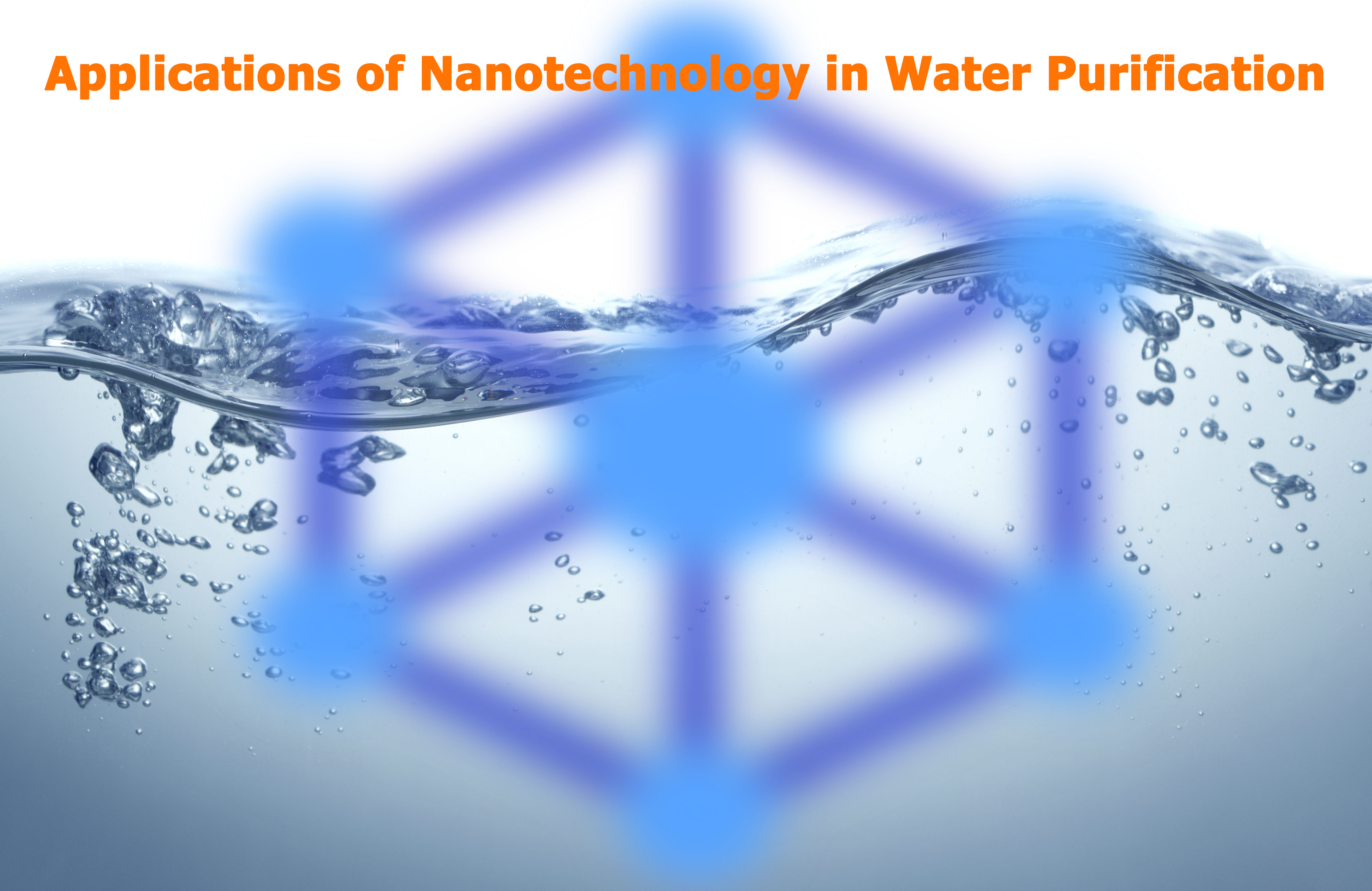The Applications of Nanotechnology in Water Purification Systems

Nanotechnology has opened new possibilities for improving water quality and enhancing the efficiency of water purification processes. In water treatment systems, nanotechnology offers innovative solutions that contribute to the removal of contaminants and the overall enhancement of water purification. In this article, we will explore some key applications of nanotechnology in water purification systems, highlighting its potential to revolutionize the way we treat and ensure the quality of our water supply.
1. Nanoparticle Filtration
One of the prominent applications of nanotechnology in water purification is nanoparticle filtration. Nanoparticle filters, such as nano-sized membranes, are employed to remove suspended particles and nanoscale contaminants from water. This technology significantly enhances filtration efficiency, leading to a substantial improvement in water purification.
Nanoparticle filters operate at the molecular level, allowing them to capture particles with a high degree of precision. This not only improves the clarity of water but also ensures the removal of contaminants that may be harmful to human health. The use of nanomembranes in water treatment systems represents a breakthrough in water purification technology.
2. Nanocatalysts
Nanocatalysts play a crucial role in accelerating oxidation and decomposition processes of organic pollutants in water. By utilizing nanocatalysts, water treatment facilities can achieve continuous improvement in the removal of organic substances and increase the overall speed of purification processes.
The catalytic properties of nanoparticles enable them to break down organic contaminants into harmless byproducts more efficiently than traditional methods. This application of nanotechnology contributes to the optimization of water treatment processes and the sustainable removal of organic pollutants, resulting in cleaner and safer water.
3. Removal of Nanoparticulate Minerals
Nanomaterial-based adsorbents are employed to remove heavy metals and nanoparticulate minerals from water. These materials act as effective sorbents, attracting and capturing mineral contaminants present in water sources. This approach helps reduce suspended solids in water, contributing to an improvement in water quality.
The use of nanomaterials as absorbents provides an efficient and selective means of removing specific minerals from water. This targeted removal is essential for addressing issues related to heavy metal contamination, ensuring that water purification processes are more tailored and effective.
4. Biological Treatment with Nanoparticles
Nanoparticles are applied as disinfectants in biological water treatment processes. By incorporating nanoparticles with antimicrobial properties, water treatment facilities can reduce the presence of bacteria and microbes in water, thus enhancing water safety.
This method leverages the unique properties of nanoparticles to inhibit the growth of bacteria and microorganisms. As a result, the overall microbial load in water is reduced, leading to improved water quality and safety. The application of nanotechnology in biological water treatment represents a promising avenue for ensuring the health and safety of water supplies.
5. Enhancement of Reverse Osmosis Processes
Nanomembranes are utilized in reverse osmosis processes to boost efficiency and reduce energy consumption. By incorporating nanotechnology into membrane design, water treatment systems can achieve higher purification rates while minimizing the energy required for the process.
The use of nanomembranes in reverse osmosis allows for a more selective separation of contaminants, leading to improved water purity. This innovation not only contributes to enhanced water quality but also promotes sustainability by reducing the environmental impact associated with high energy consumption in water purification.
Conclusion
The diverse applications of nanotechnology in water purification systems demonstrate its significant potential to revolutionize the field. From nanoparticle filtration to nanocatalysts and biological treatment with nanoparticles, each application contributes to the optimization of water treatment processes. The integration of nanotechnology not only improves the efficiency of water purification but also plays a vital role in elevating water quality and ensuring water supply security.
As technology continues to advance, ongoing research and development in nanotechnology will likely lead to further innovations in water treatment. The adoption of nanotechnology in water purification represents a promising avenue for addressing global water challenges, promoting sustainability, and safeguarding the health of communities worldwide.
Read More: